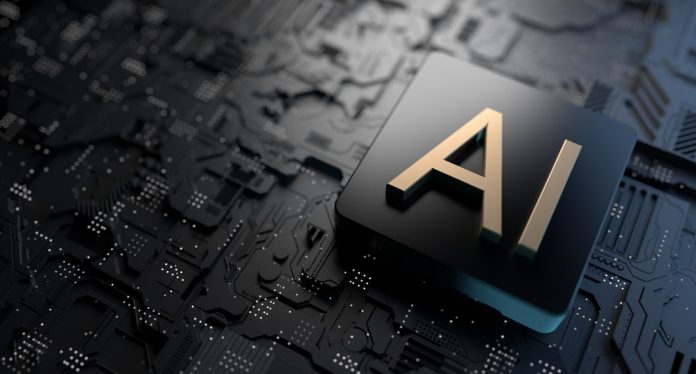IBM and United Nations Development Programme (UNDP) have launched new interactive models to analyze complex energy issues through IBM’s advanced artificial intelligence (AI) technology and UNDP’s knowledge and global leadership in sustainable development.
The scientists used UNDP’s global GeoHub platform and IBM watsonx AI and data platform to easily upload, visualize and analyze datasets, combining time-oriented and geographic data with satellite imagery.
According to Justina Nixon-Saintil, IBM Vice President and Chief Impact Officer, “By making innovative models freely accessible to the public, we aim to empower leaders, organizations and community members alike with the insights to make impactful energy decisions around the world.”
GeoHub supports a granular, localized, and evidence-based approach to development challenges and integrated policy making— from determining subnational distribution of electricity access, to assessing levels of vulnerability to the effects of climate change for communities over time.
“UNDP’s innovative collaboration with IBM helps countries leverage development data and technology innovation to improve lives and protect the planet. The solutions we’ve co-created provide a credible evidence base to help countries make meaningful and practical progress towards a just energy transition. Net-zero investment and people-centered development strategies are fundamental to accelerate the SDGs,” said Laurel Patterson, Head of the UNDP SDG Integration Team, UNDP Bureau for Policy and Programme Support.
UNDP and IBM worked together over two years through the IBM Sustainability Accelerator program. This project started with a collaborative engagement through the IBM Garage, and resulted in the enhancement of UNDP’s GeoHub with two innovative models: the AI model Electricity Access Forecasting and the statistical geospatial model Clean Energy Equity Index.
- The Electricity Access Forecasting AI model uses the IBM watsonx AI and data platform to provide future forecasts at scale of electricity access through 2030 by evaluating a set of factors including population, infrastructure, urbanization, elevation, and satellite data in addition to land use data. The model will contain data from 102 countries across the Global South, including in Africa, Asia Pacific, Latin America and the Middle East. On the other hand, the Clean Energy Equity Index, developed by IBM and UNDP together with Stony Brook University combines geospatial analytics with environmental, economic and social factors – such as education, greenhouse gas emissions, and relative wealth — to generate a Clean Energy Equity score of 0-1. The model will provide data from 53 African countries.

